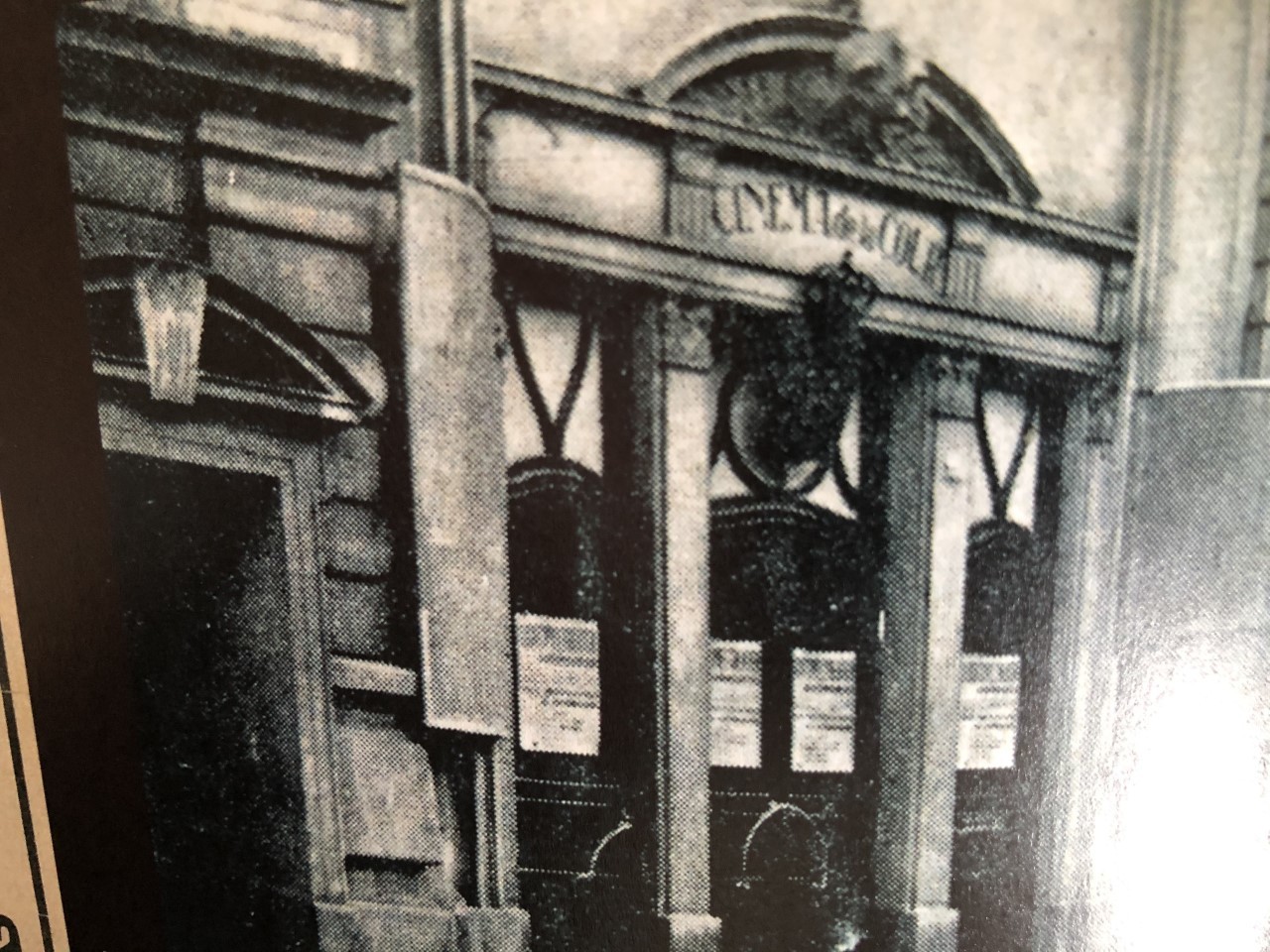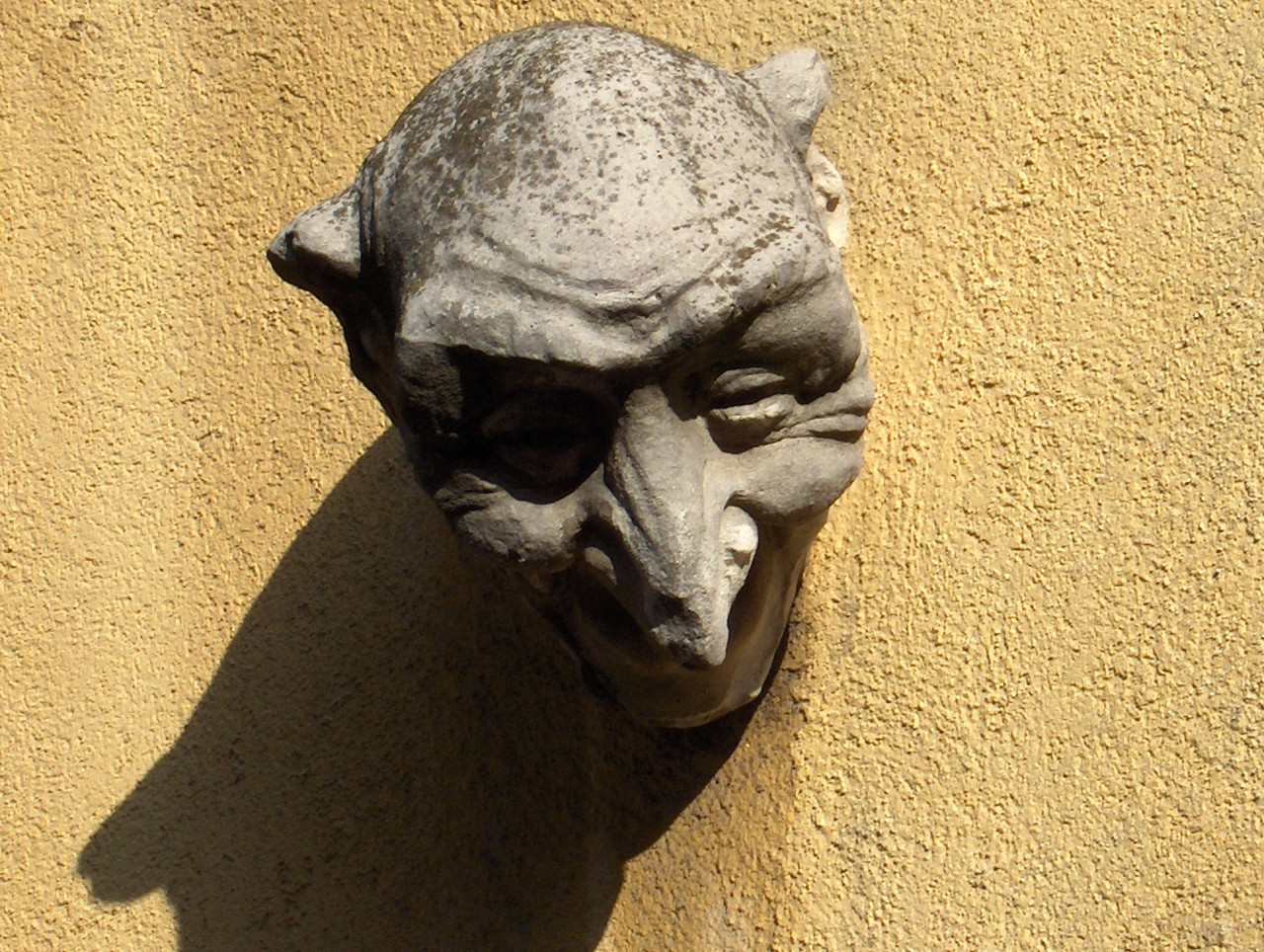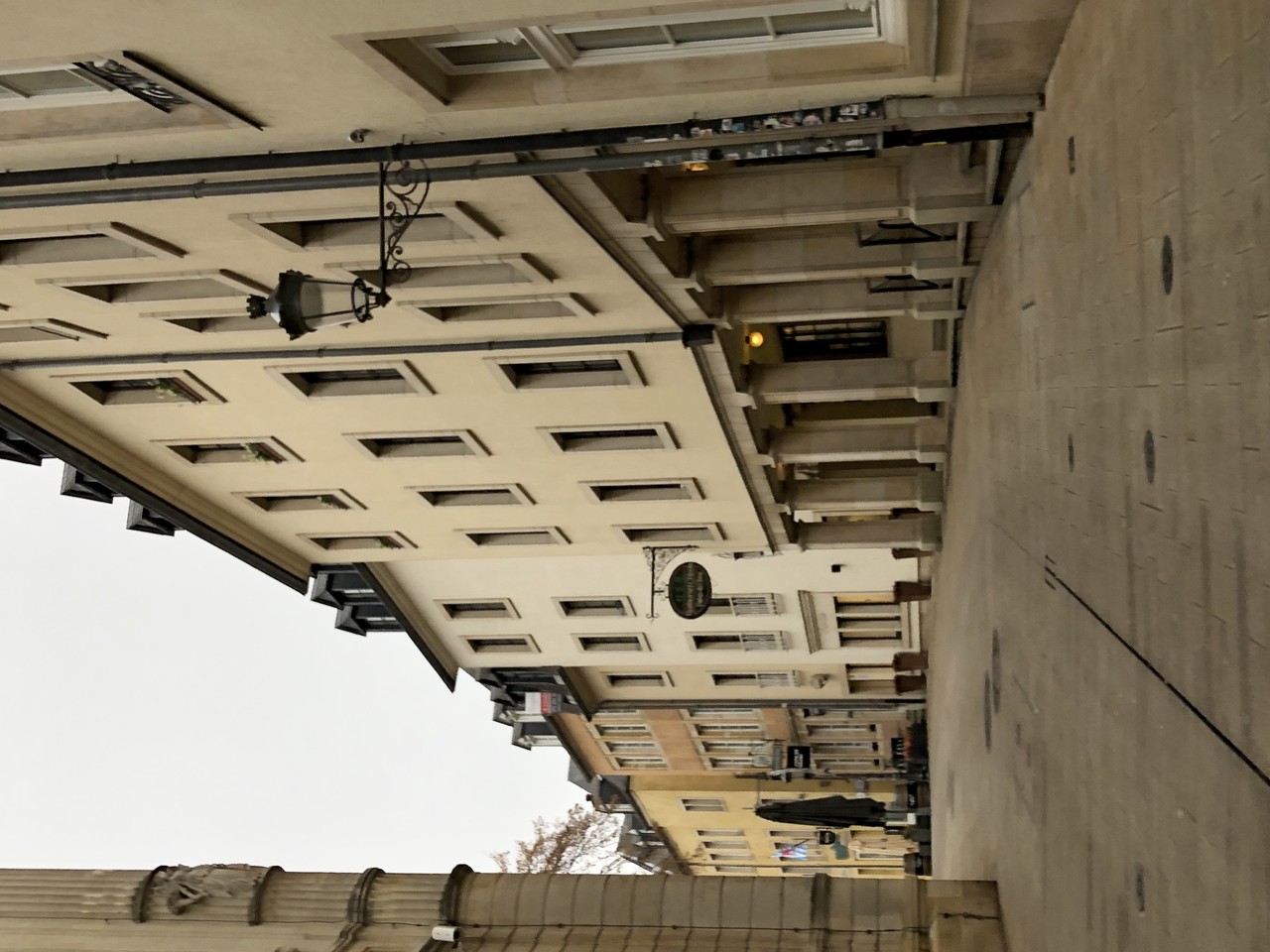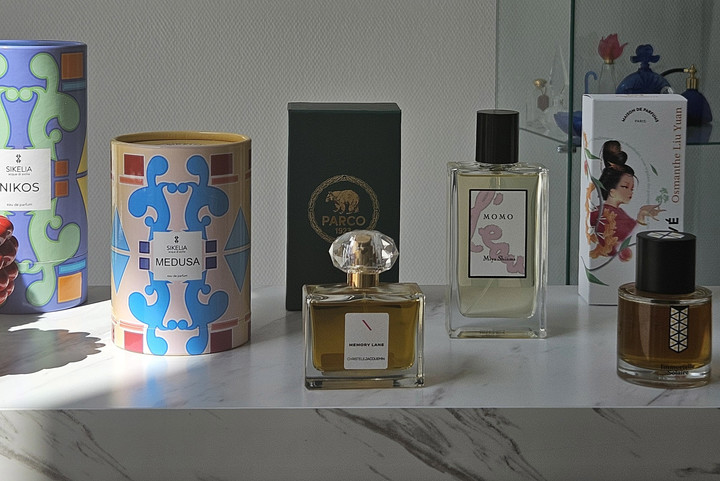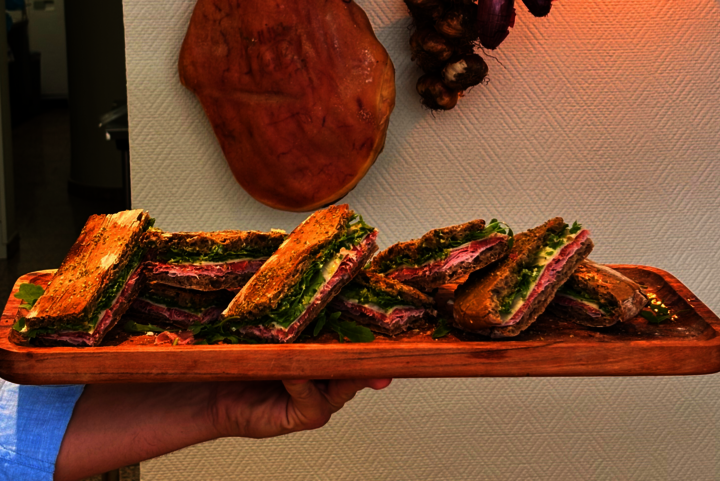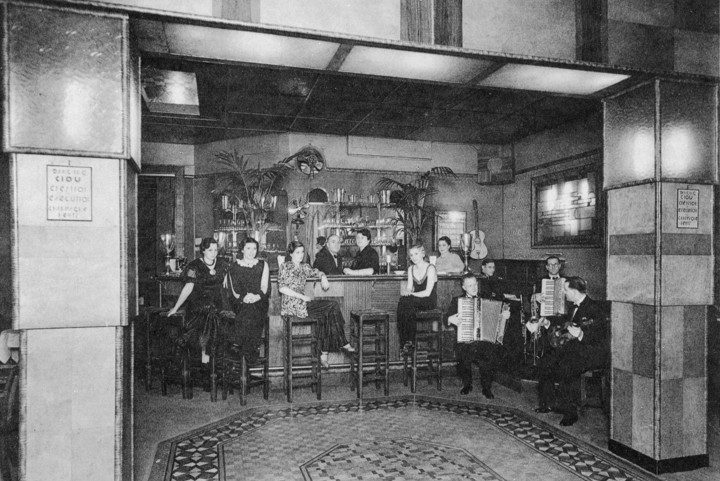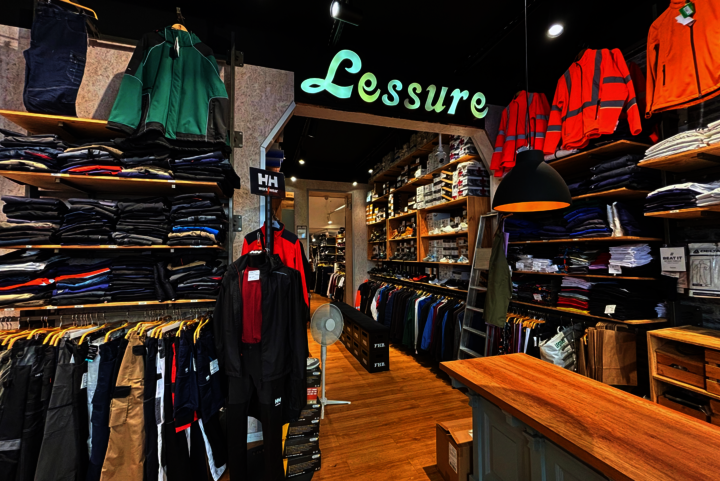(Re)discover the City – Cinéma de la Cour
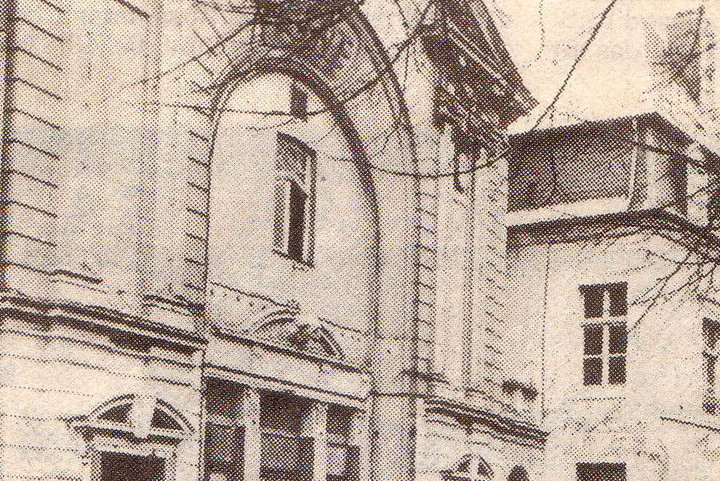
Our capital, you think you know it well? Think again! Some buildings you pass by regularly hide a unique story. Dr. Robert L. Philippart is a true expert in this field and will guide you through the city to discover these hidden tales that will make you see some emblematic buildings in a new light.
The origins of the "Cinéma de la Cour" at No. 22 rue de l’Eau date back to the banquet hall of the former Hôtel du Luxembourg. In 1907, the hotelier Nicolas Medinger and his son Félix transformed this hall into the capital’s first permanent cinema. Initially, the cinema was called "Cinéma Moderne, " then "The Royal Bio Comp" and "Cinématographe Medinger." The films were primarily aimed at a family audience.
Starting in 1910, the program changed to include dramas, comedies, westerns, and fiction films. The cinema also showcased films partly shot in the Grand Duchy and screened current events. Félix Medinger commissioned a film about the swearing-in of Grand Duchess Marie-Adélaïde and screened it in 1912 in the presence of members of the grand ducal family. Due to the cinema’s success, Félix Medinger had the "Cinéma Palace Medinger" built next to the Hôtel du Luxembourg, offering 400 seats for spectators. He had managed to convince the architect Georges Traus for the construction. Traus, known for designing the monuments Dicks/Lentz and Laurent Menager and for extending the Grand Hôtel Brasseur, was among the most renowned architects in Luxembourg at the time.
Since the cinema reserved a private box for the grand ducal family members, in 1922 it was renamed "Cinéma de la Cour." It became the most elegant cinema and the best equipped in terms of technology in the entire capital. Adventure films then entered the program. The musical accompaniment for silent films was provided by renowned musicians of the time such as Louis Beicht and the Koster sisters—Lou, Lina, and Laure. In 1927, Medinger even hired an orchestra to accompany the screening of Friedrich Wilhelm Munau’s film Faust. By 1929, the cinema was equipped to project the first sound films.
The 1930s brought the first challenges. New cinemas—more modern, more spacious, and even better equipped—were opening in the train station district. The narrow plot did not allow for further expansion. The cinema did not offer matinée performances on Sundays and did not provide any supplementary program to the newly opened large cinemas. The operator renamed the cinema "Kammer-Lichtspiele" and organized a separate program featuring rerun films and less significant productions. Thanks to the comedies shown, the cinema managed to double its audience between 1940 and 1944.
In 1947, Félix Medinger undertook major modernization work on his cinema. The new hall was inaugurated in the presence of the Hereditary Prince Jean of Luxembourg and State Minister Pierre Dupong. With the screening of major international films, the cinema succeeded in regaining its original prestige. In 1953, Armand Schneider took over the cinema and, five years later, subjected it to further renovation work. The hall was presented in vibrant colors, and the curtain in front of the screen was golden.
The opening of the Cité cinema in the upper town posed a new challenge, compounded by a general decline in cinema attendance. Television emerged as the primary competitor. The program, featuring adventure, horror, and western films, tried to turn the tide. Even the morning screenings for a student audience did nothing to alter the negative trend. By the late 1960s, the cinema had become a second-rate venue in an increasingly neglected part of town. The cinema even attempted to survive by screening erotic films. Poor management and the outdated state of its facilities accelerated its decline, and the establishment closed on April 30, 1971. Attempts to repurpose the hall for projects by Ciné-Club 80 failed. The State acquired the buildings of the Hôtel du Luxembourg and the Cinéma de la Cour with the intention of housing services of the Chamber of Deputies. In 1977, the State sold the two dilapidated buildings to developers with the aim of renovating and revitalizing the historic district of the old town.
Research and text:
Robert L. Philippart
Photo credits:
Cinéma de la Cour © collection Paul Lesch
Cinéma de la Cour© Archives Luxemburger Wort 1980
Décor Ciné de la Cour © Rolph
Emplacement de l’ancien Hôtel de Luxembourg et cinéma de la Cour © Rolph
Inscrivez-vous
à la newsletter.
Inscrivez-vous et recevez tous les mois l’actualité shopping de la ville directement par email ! Bon plans, événements phares, nouveaux commerces, ne manquez rien de l’actualité commerçante.
Cityshopping news

